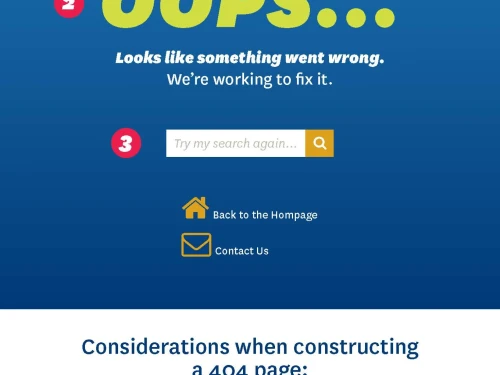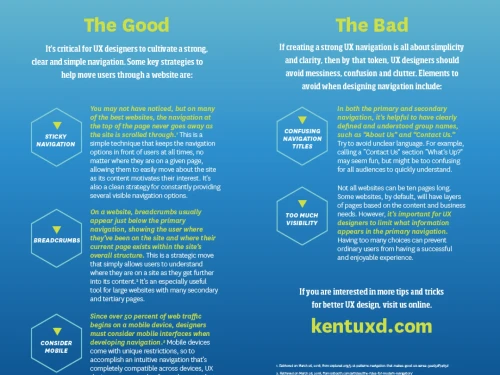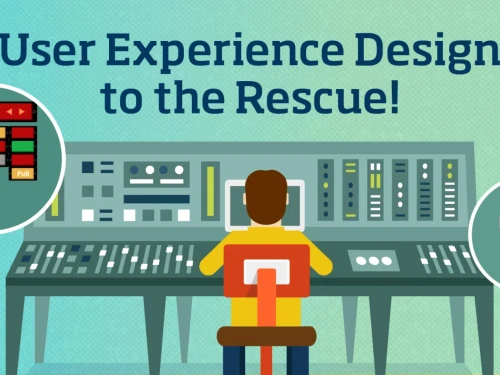user experience
Related Blog Posts
Nobody likes a 404 page. It’s never the page you were trying to find, and it’s usually not your fault that you ended up there. Standard error messages can be inscrutable, and the typically austere 404 page itself can disconnect the user from the overall site experience, which can sour them to your site and even your brand. So how do you create a 404 page that is dynamic, that easily redirects the user back to the content they want and that’s even a little bit fun?
When a website is excellently designed, we tend not to pay attention to the reasons why it’s so great—we simply enjoy it. On the other hand, if a website is difficult to use or frustrating, we’re more likely to take note of exactly what is making our experience so bad. This phenomenon has a name: It’s called the negativity bias, and simply put, it’s the sociological explanation for why we’re more likely to notice a negative experience than a positive one.1 It turns out that negative experiences require more thought for us to process, as they take us away from the experience we expected and demand a shift or adjustment in our thinking and action.2 Unsurprisingly, these moments are more likely to stick with us than a moment that went perfectly according to plan.
On Saturday, January 13, 2018, a terrifying message populated the screens of over a million smartphones in Honolulu, Hawaii. It read: “BALLISTIC MISSILE THREAT INBOUND TO HAWAII. SEEK IMMEDIATE SHELTER. THIS IS NOT A DRILL.” As the world now knows, this turned out to be a false alarm. An investigation into the incident found that the message was sent by mistake when a state employee hit the wrong button during an internal drill.1
The experience one has when interacting with technology is fundamentally human. Our digital lives—from navigating a tablet to paying at a bank kiosk—have become so ubiquitous, interwoven and essential to the way we interact with the world and others, that it’s almost hard to remember what life was like before these technologies existed. Simply put, we depend on technology to move our lives forward. It plays a critical role in our individual storylines as well as our collective narrative.
Q&A with user experience design student, Jessica K (Kent State Online, ’17)
Q&A with user experience design student, Jessica K (Kent State Online, ’17)
Q&A with user experience design student, Jessica K (Kent State Online, ’17)
When I started Kent State University’s UX master’s program, I was excited about the opportunity to advance my education but apprehensive, because I had no UX experience prior to my enrollment. My expectations were to gain a general understanding of UX, develop a foundation for UX practices and be able to build a portfolio that I could use professionally in search for a career in UX.
When I was considering the Kent State program, I read some UX message boards where posters warned that having a master’s degree in UX would somehow make me less marketable, but now, having finished, the opposite has been true.




